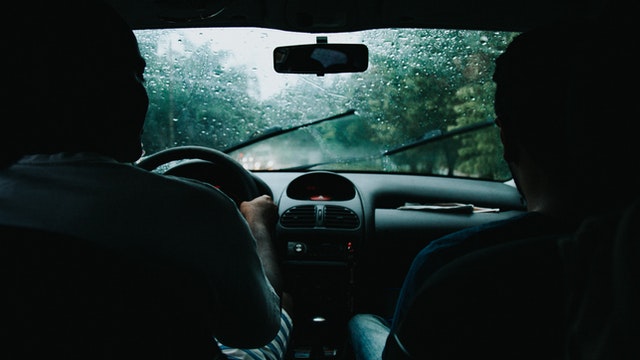The roadway tends to get slippery when it is raining. This occurrence is because of mixes of moisture and oil and dust on the surfaces, creating a greasy layer. When cars collide with a slippery road, it becomes difficult to maneuver a vehicle because the tires move on thin layers of water instead of gripping the highway’s surface.
The thin coating of water is the primary origin of chaotic accidents in the freeway – specifically when immediate evacuation is mandatory, and people are panicking.
Panicking is a natural reaction to a worried and afraid person of what the future may come. Once fright takes over, heart palpitations, shortness of breath, sweating, trembling and losing control also come into play. There will be no time to think when there is no calmness, but only abrupt decisions that trigger unfortunate mishaps to happen. As soon as accidents occur, it will be impossible to get an immediate rescue considering the lousy weather.
These are the expected consequences of a panic mode scenario for an individual who worries too much.
In every unfrenzied situation, there is always a solution. Being calm and collected is the key to whatever hindrances individuals face to attain their desired future. This same scenario is the same case when it comes to staying safe while driving during bad weather.
Typhoons, hurricanes, wildfires, etc., are an all-natural phenomenon that no human can control. When a mass departure happens, Pure Diesel Power – a known enterprise for providing Cummins Injectors and Duramax Injectors – created an infographic with a few straightforward safety measures in driving when there is a storm:

